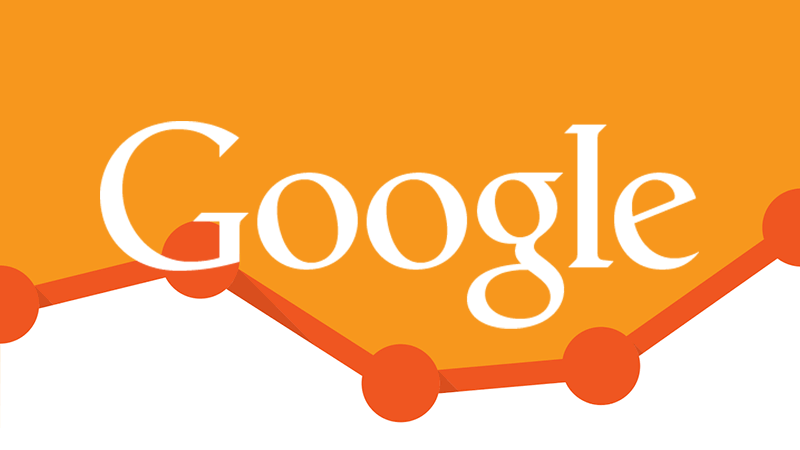
he latest Google Analytics update (GA4) is the first major update to Google’s web analytics service since 2012.
NB: This is an article from Contently
A lot has changed since then—namely, the arrival of two new user privacy laws (GDPR and CCPA), increased use of mobile apps, and the phasing out of third-party cookies. To adapt, GA4 is an overhaul of the current version (Universal Analytics or UA) and is designed for the world we live in now.
Subscribe to our weekly newsletter and stay up to date
For content marketers, GA4 offers more detailed data on the user’s journey across apps and websites and, using machine learning, GA4 can predict how users will behave. With a clearer map of how users got to your content and what they’re likely to do next, marketers can set more specific goals for which content types to produce and how to measure their success.
With that said, let’s explore two of GA4’s standout features and three tips for content marketing teams to capitalize on.
GA4’s Most Significant Features for Content Marketers
With GA4, Google is tackling the biggest challenge marketers face today: understanding customer behavior. That’s why the two most significant features in GA4 address the often-fragmented customer journey across apps and websites and how to track user behavior in a cookie-less world.
Track Users Across Apps and Websites
Consumers now engage with brands across different devices using mobile apps and websites. This “journey” can be disjointed and hard to track with the current version of Google Analytics, which only tracks website activity. GA4 combines website and app usage into a single report. The emphasis is now firmly on tracking “the user” rather than “user sessions.”
Marketers will have a clearer view of the whole customer journey, from where customers first engage with your brand to where and when they make a purchase. Armed with multi-attribution data that accounts for all the user touchpoints within your brand — from, say, mobile app to website to blog post to video to demo sign-up — marketers can see the value each touchpoint brings to the journey and measure how well a piece of content leads to a conversion.
Use Machine Learning to Predict User Behavior
New data privacy laws combined with users demanding more control over how their web activity data gets used have led to the slow death of third-party cookies. GA4 was built with this slow death in mind.



